Characteristic Analysis and Statistical Modeling of Millimeter Wave OAM Channel in Indoor Corridor Environment
-
摘要: 针对自由空间传播模型仅能描述自由空间场景下携带轨道角动量(OAM)的涡旋信道传播特性,以及确定性稀疏多径涡旋信道模型严格依赖于传播环境而不能准确刻画真实多径场景下OAM信道传播特性的问题,该文提出毫米波OAM多径信道统计建模方法。在室内走廊环境下构建基于均匀圆形天线阵列(UCA)的OAM辐射传输系统,基于光学射线理论与UCA辐射特性,建立OAM多径信道模型。结果表明,在毫米波频段均匀分布和Nakagami-m分布能够准确地表征室内走廊多径环境下的OAM信道波前相位和幅度,视距(LoS)和非视距(NLoS)传播条件下传播距离较大时信道幅度服从瑞利分布,视距传播条件下传播距离较小时信道幅度服从莱斯分布。Abstract: Focusing on the problem that the free space propagation model could only describe the propagation characteristics of vortex channel carrying Orbital Angular Momentum (OAM) in free space scenario, and the deterministic sparse multipath vortex channel model is strictly dependent on the propagation environment and could not accurately describe the propagation characteristics of OAM channel in real multipath scenario, a statistical modeling method for millimeter wave OAM multipath channel is proposed in this paper. In indoor corridor environment, Uniform Circular Array (UCA)-based OAM radiation transmission system is constructed, and the OAM multipath channel model is established based on optical ray theory and UCA radiation characteristics. Results show that the wavefront phase and amplitude of OAM channel in indoor corridor multipath environment can be accurately characterized by uniform distribution and Nakagami-m distribution in millimeter bands. The channel amplitude follows Rayleigh distribution when the propagation distance is large under the Line-of-Sight (LoS) and Non-LoS (NLoS) propagation conditions, and that follows Rician distribution when the propagation distance is small under the LoS propagation conditions.
-
表 1 仿真参数设置
参数 数值 工作频率 30 GHz 发射端UCA的阵元数量 8 发射端UCA的半径 0.02 m 发射端UCA中心距地面的距离 1.5 m 发射端UCA中心距天花板的距离 1.5 m 发射端UCA中心与墙1间的距离 1.2 m 发射端UCA中心与墙2间的距离 1.3 m 地面材料的反射系数 0.70 天花板材料的反射系数 0.91 墙壁材料的反射系数 0.75 表 2 最佳拟合参数w与拟合误差
传播距离(m) 模态数 直射径 3条路径 5条路径 1 l=1 w 12.46 12.24 12.23 RMSE 0.0050 0.0046 0.0047 l=2 w 12.32 12.42 12.59 RMSE 0.0047 0.0048 0.0045 0.4 l=1 w 12.43 12.25 12.67 RMSE 0.0039 0.0051 0.0045 l=2 w 12.56 12.38 12.33 RMSE 0.0042 0.0042 0.0044 表 3 Nakagami-m分布拟合参数和拟合误差
传播
条件参数及误差 模态值 l=0 l=1 l=2 l=3 LoS m 0.864 0.823 1.006 0.904 c 2.649 2.205 2.275 2.448 $\sigma $ 7.426 3.393 2.754 2.246 RMSE 0.0103 0.0137 0.0094 0.0061 NLoS m 1.053 1.140 1.080 0.914 c 0.494 0.644 0.665 0.521 $\sigma $ 2.846 3.015 3.215 3.319 RMSE 0.0080 0.0108 0.0054 0.0130 表 4 LoS传播条件Nakagami-m分布拟合参数和拟合误差
拟合参数 模态数l 0 1 2 3 m 8.703 1.894 1.725 1.534 c 1.843 2.224 2.118 4.396 $\sigma $ 12.247 15.811 19.102 22.624 RMSE 0.0105 0.0126 0.0139 0.0107 -
[1] AMIN A A and SHIN S Y. Channel capacity analysis of non-orthogonal multiple access with OAM-MIMO system[J]. IEEE Wireless Communications Letters, 2020, 9(9): 1481–1485. doi: 10.1109/LWC.2020.2994355 [2] ZHANG Yiming and LI Jialin. An orbital angular momentum-based array for in-band full-duplex communications[J]. IEEE Antennas and Wireless Propagation Letters, 2019, 18(3): 417–421. doi: 10.1109/LAWP.2019.2893035 [3] WANG Lei, PARK W, YANG Cheng, et al. Wireless communication of radio waves carrying orbital angular momentum (OAM) above an infinite ground plane[J]. IEEE Transactions on Electromagnetic Compatibility, 2020, 62(5): 2257–2264. doi: 10.1109/TEMC.2020.2965656 [4] CHEN M L N, JIANG Lijun, and SHA W E I. Detection of orbital angular momentum with metasurface at microwave band[J]. IEEE Antennas and Wireless Propagation Letters, 2018, 17(1): 110–113. doi: 10.1109/LAWP.2017.2777439 [5] LIANG Liping, CHENG Wenchi, ZHANG Wei, et al. Mode hopping for anti-jamming in radio vortex wireless communications[J]. IEEE Transactions on Vehicular Technology, 2018, 67(8): 7018–7032. doi: 10.1109/TVT.2018.2825539 [6] CHENG Wenchi, ZHANG Wei, JING Haiyue, et al. Orbital angular momentum for wireless communications[J]. IEEE Wireless Communications, 2019, 26(1): 100–107. doi: 10.1109/MWC.2017.1700370 [7] XU Jie. Degrees of freedom of OAM-based line-of-sight radio systems[J]. IEEE Transactions on Antennas and Propagation, 2017, 65(4): 1996–2008. doi: 10.1109/TAP.2017.2671430 [8] CHEN Rui, ZHOU Hong, LONG Wenxuan, et al. Spectral and energy efficiency of line-of-sight OAM-MIMO communication systems[J]. China Communications, 2020, 17(9): 119–127. doi: 10.23919/JCC.2020.09.010 [9] MURATA K, HONMA N, NISHIMORI K, et al. Analog eigenmode transmission for short-range MIMO based on orbital angular momentum[J]. IEEE Transactions on Antennas and Propagation, 2017, 65(12): 6687–6702. doi: 10.1109/TAP.2017.2742582 [10] CAGLIERO A and GAFFOGLIO R. On the spectral efficiency limits of an OAM-based multiplexing scheme[J]. IEEE Antennas and Wireless Propagation Letters, 2017, 16: 900–903. doi: 10.1109/LAWP.2016.2614338 [11] CUI Jian, WANG Yang, TU Yanli, et al. Propagation analysis of terahertz OAM waves in atmospheric turbulent environment[C]. The 14th European Conference on Antennas and Propagation (EuCAP), Copenhagen, Denmark, 2020: 1–4. [12] ZHENG Shilie, DONG Ruofan, ZHANG Zhuofan, et al. Non-line-of-sight channel performance of plane spiral orbital angular momentum MIMO systems[J]. IEEE Access, 2017, 5: 25377–25384. doi: 10.1109/ACCESS.2017.2766078 [13] ZHU Qibiao and JIANG Tao. Vortex channel modelling for the radio vortex system[J]. China Communications, 2018, 15(4): 121–129. doi: 10.1109/CC.2018.8357690 [14] 朱启标. 电磁涡旋通信信道建模及容量研究[D]. [博士论文], 华中科技大学, 2019.ZHU Qibiao. Study on channel modeling and channel capacity of radio vortex communications[D]. [Ph. D. dissertation], Huazhong University of Science and Technology, 2019. [15] ZHANG Zhuofan, ZHENG Shilie, CHEN Yiling, et al. The capacity gain of orbital angular momentum based multiple-input-multiple-output system[J]. Scientific Reports, 2016, 6: 25418. doi: 10.1038/srep25418 [16] YAN Yan, LI Long, XIE Guodong, et al. Multipath effects in millimetre-wave wireless communication using orbital angular momentum multiplexing[J]. Scientific Reports, 2016, 6: 33482. doi: 10.1038/srep33482 [17] JIE Wenjun, WANG Yang, HU Tao, et al. Two-ray multipath propagation of MIMO-based OAM radio communications[C]. 2019 International Symposium on Antennas and Propagation (ISAP), Xi'an, China, 2020: 1–3. [18] JIE Wenjun, WANG Yang, HU Tao, et al. Propagation model for UCA-based OAM communications in six-ray canyon channels[C]. The 14th European Conference on Antennas and Propagation (EuCAP), Copenhagen, Denmark, 2020: 1–4. [19] LIANG Liping, CHENG Wenchi, ZHANG Wei, et al. Joint OAM multiplexing and OFDM in sparse multipath environments[J]. IEEE Transactions on Vehicular Technology, 2020, 69(4): 3864–3878. doi: 10.1109/TVT.2020.2966787 [20] YU Kai and OTTERSTEN B. Models for MIMO propagation channels: A review[J]. Wireless Communications and Mobile Computing, 2002, 2(7): 653–666. doi: 10.1002/wcm.78 [21] YAO Yu, LIANG Xianling, ZHU Maohua, et al. Analysis and experiments on reflection and refraction of orbital angular momentum waves[J]. IEEE Transactions on Antennas and Propagation, 2019, 67(4): 2085–2094. doi: 10.1109/TAP.2019.2896760 [22] GONG Yinghui, WANG R, DENG Yunkai, et al. Generation and transmission of OAM-carrying vortex beams using circular antenna Array[J]. IEEE Transactions on Antennas and Propagation, 2017, 65(6): 2940–2949. doi: 10.1109/TAP.2017.2695526 [23] THIDÉ B and TAMBURINI F. The physics of angular momentum radio[C]. The 1st URSI Atlantic Radio Science Conference, Gran Canaria, Spain, 2015. [24] TIAN Haikuo, LIAO Xi, WANG Yang, et al. Effect level based parameterization method for diffuse scattering models at millimeter-wave frequencies[J]. IEEE Access, 2019, 7: 93286–93293. doi: 10.1109/ACCESS.2019.2927612 -





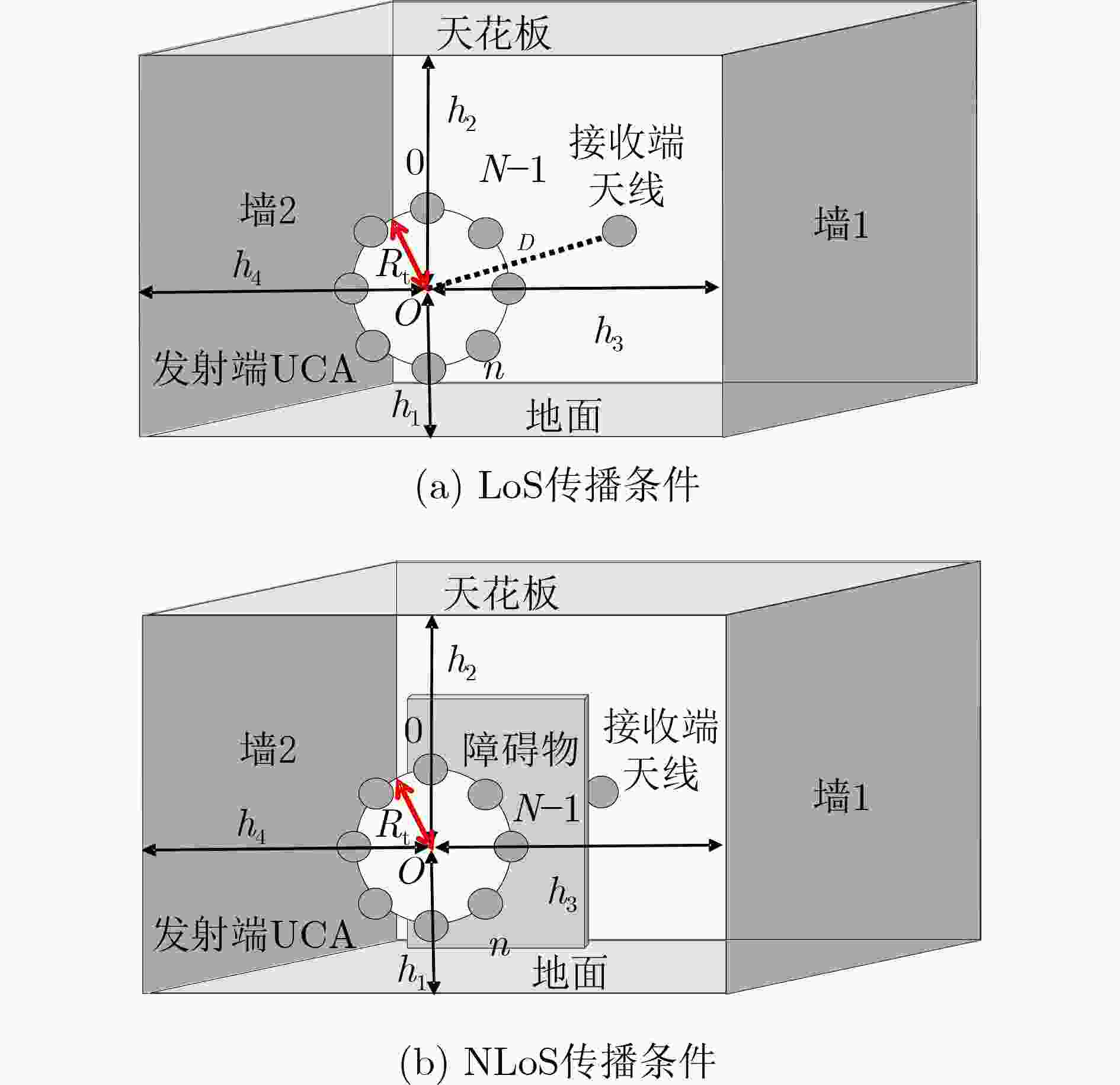
 下载:
下载:

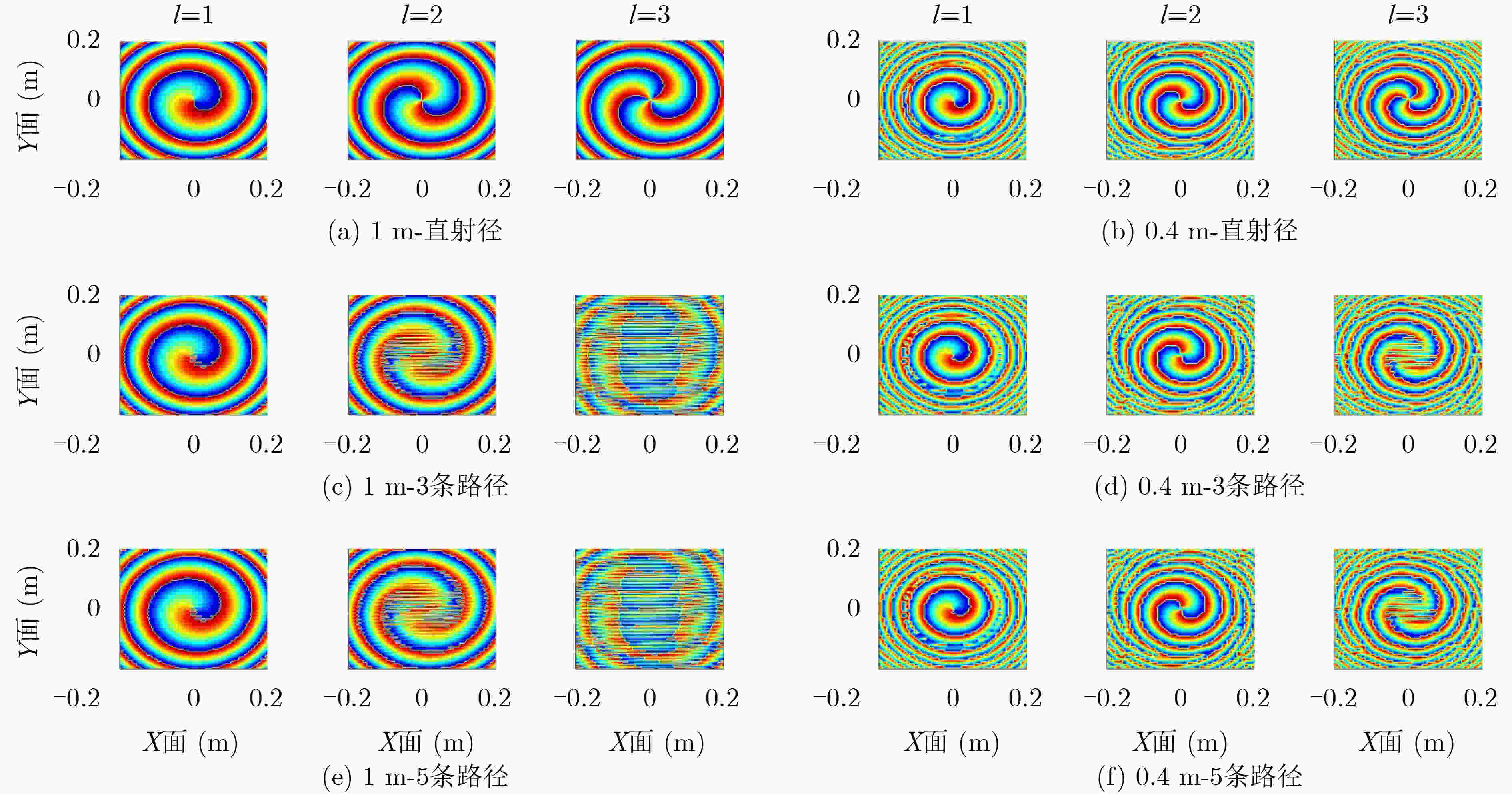


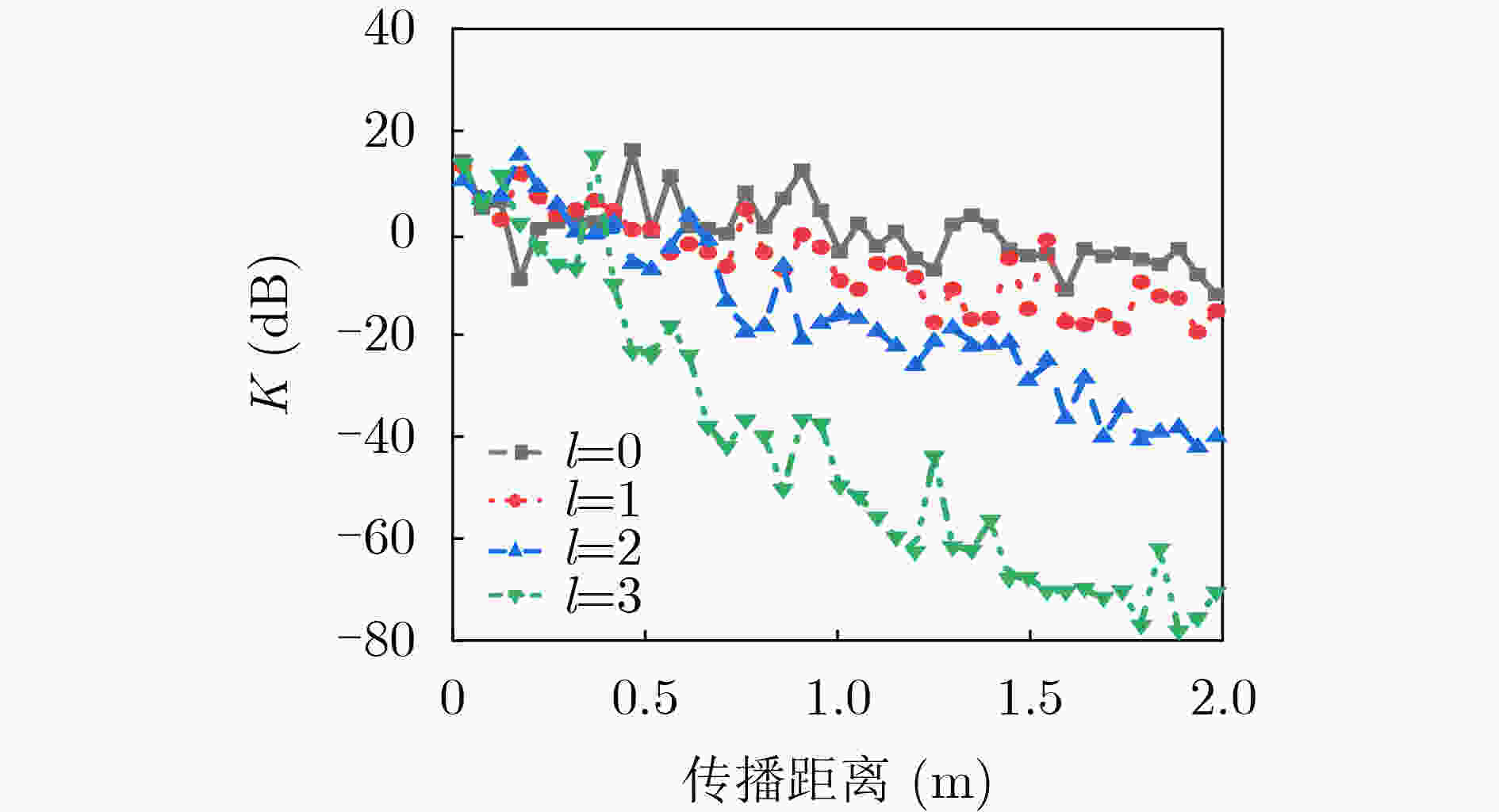
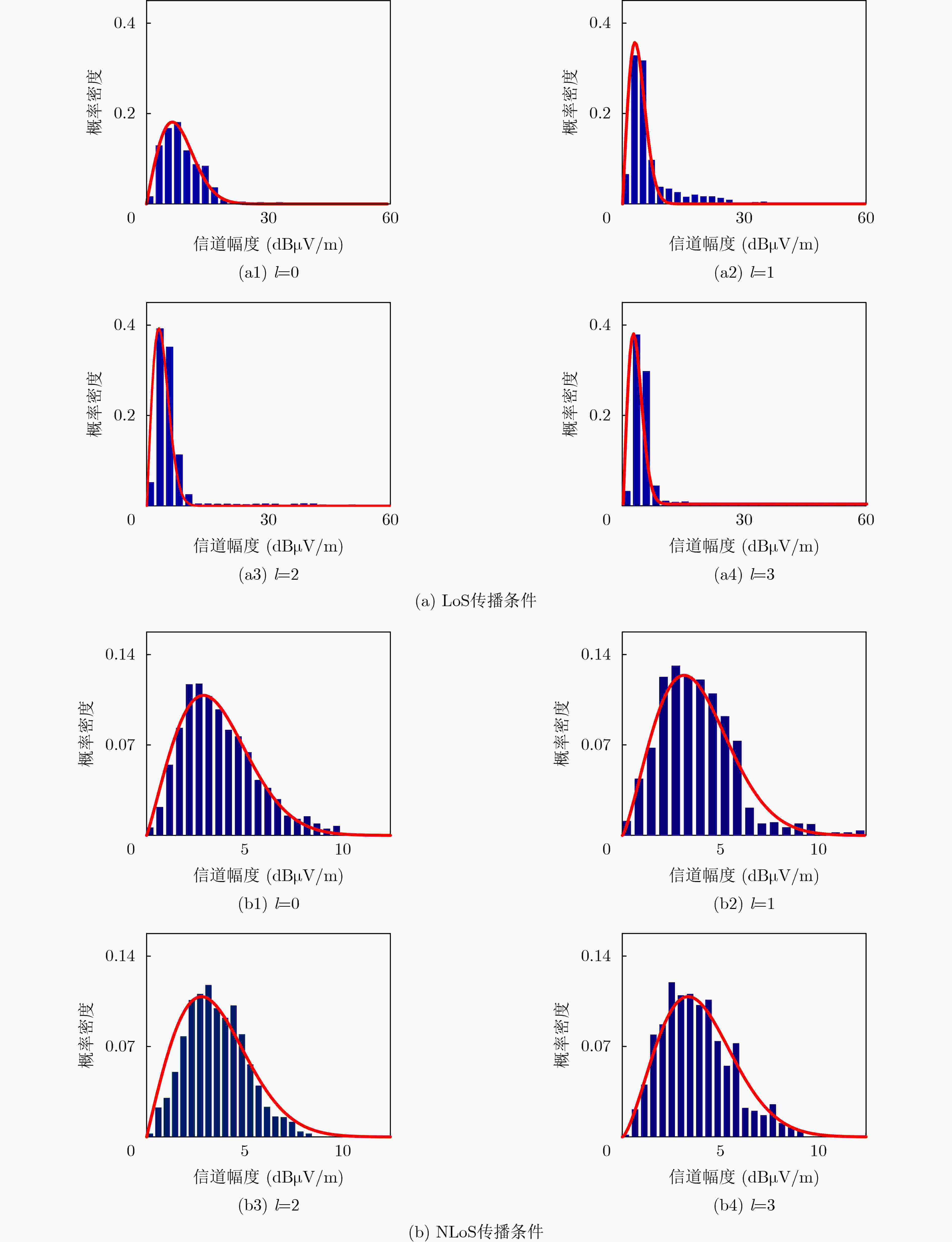
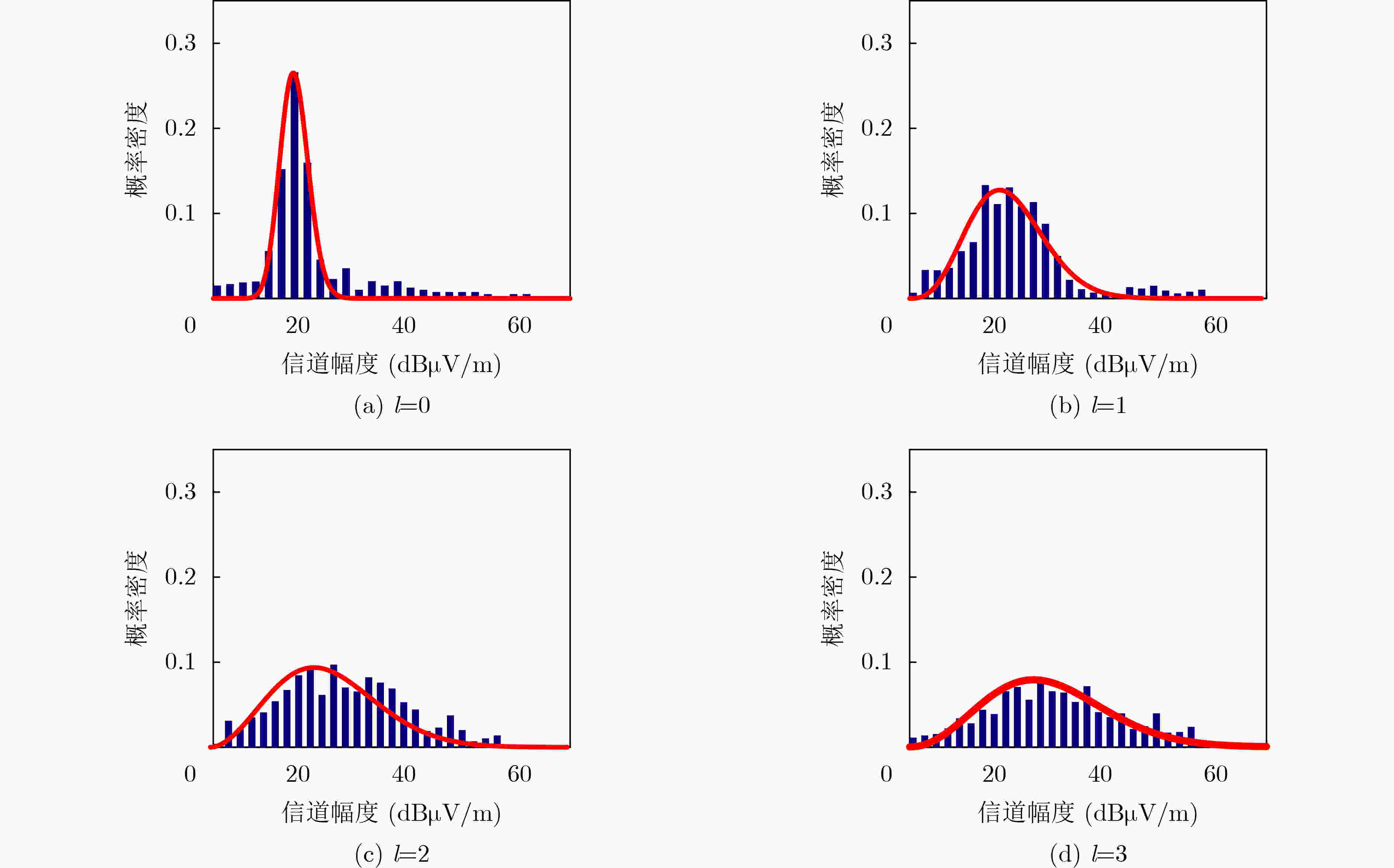


 下载:
下载:
